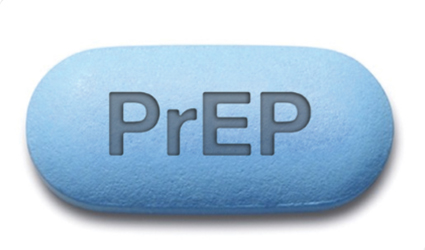Plunging HIV Infections Linked to Increased U.S. PrEP use
August 11, 2018
Source: MDEdge
 649
649

Pre-exposure prophylaxis (PrEP) by U.S. residents against HIV infection has resulted in positive outcomes. Incidence of new HIV infections among those 13 years old and above fell during 2012 - 2016, and this plunge presented a statistically noteworthy association with an increase in drug prophylaxis among U.S. residents in the same duration.
Administration of HIV PrEP “was significantly associated with declines in HIV diagnoses in the United States, independent of levels of viral suppression,” Patrick S. Sullivan, Ph.D., and his associates said in a poster presented at the 22nd International AIDS Conference.
Their analysis of national U.S. data confirmed that during 2012 - 2016 new HIV diagnoses in inhabitants 13 years old and above dropped by a roughly predicted annual percent change of 4.65 within the 10 states with the highest rate of PrEP use by residents, compared with rise in the estimated annual percent change in new HIV diagnoses of about 1 - 1.5 in the 14 states with the lowest PrEP use. This statistically considerable link stayed after adjusting for variations in levels of viral suppression in HIV-infected residents in every state, another factor causing lowered infection rates, Dr. Sullivan and his associates reported.
Since the Food and Drug Administration approved PrEP in 2002 as an indication for 200-mg emtricitabine (Emtriva) and 300 mg tenofovir (Viread) combined into one pill and sold as Truvada, the thought of PrEP for people at high risk for HIV exposure has attracted attention.
Awareness and consumption of PrEP have all risen among U.S. residents since a PrEP medication became available, Dr. Sullivan said.
By DduRead more on
- Things to Know before Buying Newborn Baby Incubators March 31, 2022
- Could a Third Person Be Cured of HIV? March 29, 2019
- Highly Resistant Food Poisoning Bug Responds to Antibiotics September 6, 2018
- Smartphone Based Diagnosis to Identify Mosquitoes Transmitting Infection September 5, 2018
- 3 Natural Plant Extracts Manufacturers on Drugdu.com September 4, 2018
your submission has already been received.
OK
Subscribe
Please enter a valid Email address!
Submit
The most relevant industry news & insight will be sent to you every two weeks.



